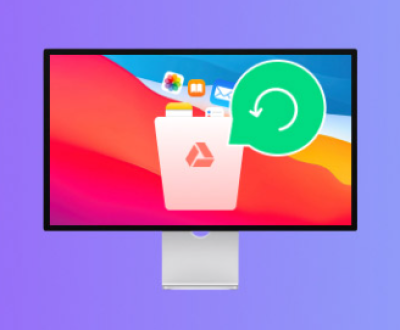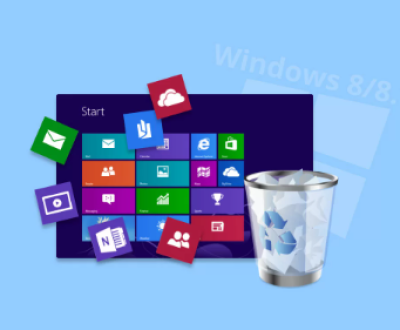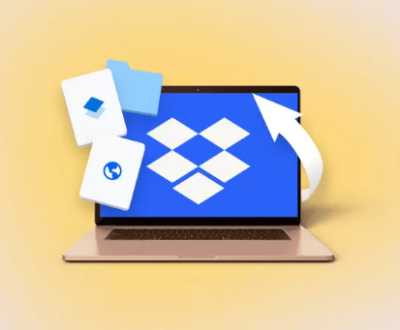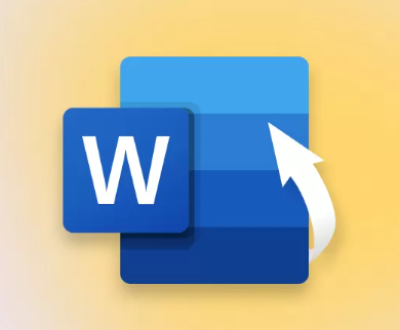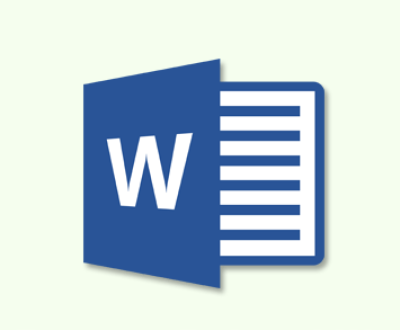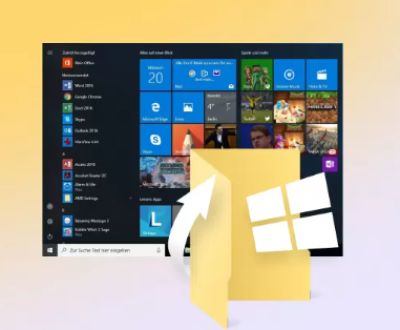Western Digital (WD) hard drives are widely used for storing large amounts of data due to their reliability and performance. However, there are times when users may encounter issues with their WD hard drives, such as the drive not showing up on their Mac. This problem can be frustrating, especially when important files are stored on the drive. There are various reasons why a WD hard drive may not show up on a Mac, ranging from minor issues such as loose connections to more serious problems like file system corruption.
Step 1: Check the Physical Connection
One of the simplest reasons why your WD hard drive may not be showing up on your Mac is an issue with the physical connection. Here’s how to check:

Check the USB Cable: Ensure that the USB cable connecting your WD hard drive to your Mac is functioning properly. If the cable is damaged or frayed, it may not establish a solid connection. Try using a different cable to see if the drive appears.
Try a Different USB Port: Sometimes, the USB port on your Mac may be malfunctioning. Try plugging the WD hard drive into a different USB port. If you are using a USB hub, connect the hard drive directly to the Mac to eliminate the hub as a potential issue.
Check the Power Supply: Some WD hard drives, especially desktop models, require an external power source. Make sure the power adapter is plugged in properly, and check that the power light on the hard drive is on. If there is no light, the drive may not be receiving power.
Test on Another Device: Connect the WD hard drive to another computer, preferably a Windows machine, to see if it is detected. If the drive shows up on another device, the problem may lie with your Mac.
Step 2: Verify the Disk is Detected in Disk Utility
If the physical connection is not the issue, you can check whether the Mac detects the drive through the Disk Utility app:
Open Disk Utility: On your Mac, open the Disk Utility app by going to Applications > Utilities > Disk Utility.
Check for the WD Hard Drive: In the left-hand panel of Disk Utility, look for your WD hard drive under the “External” section. If the drive appears here but not in Finder, the problem may lie with the drive’s mounting or partition structure.
Mount the Drive: If the WD hard drive is listed but grayed out, it means the drive is not mounted. Click on the drive, then click the “Mount” button at the top of the Disk Utility window. The drive should then appear in Finder.
Run First Aid: If the drive is not mounting, select the drive and click the “First Aid” button in Disk Utility. This will attempt to fix any minor issues with the drive’s file system that could be preventing it from being recognized.
Step 3: Check for Software Issues
Sometimes, software or system-related issues can prevent your WD hard drive from being detected. Here are some steps to check for software issues:
Restart Your Mac: A simple restart can often resolve software-related problems. After restarting your Mac, check to see if the WD hard drive is now recognized.
Check for macOS Updates: Ensure that your macOS is up-to-date. Go to Apple Menu > System Preferences > Software Update to check for any available updates. Outdated software can sometimes cause compatibility issues with external drives.
Try a Different User Account: If your macOS user account is experiencing issues, try logging into a different account on your Mac to see if the problem persists. You can create a new user account by going to System Preferences > Users & Groups > Add (+).
Reset the SMC and NVRAM: If none of the above steps work, try resetting the System Management Controller (SMC) and Non-Volatile Random-Access Memory (NVRAM). This can resolve low-level hardware and software issues:
To reset the SMC, shut down your Mac, then press and hold the Shift + Control + Option keys along with the power button for 10 seconds. Release all keys, then turn the Mac back on.
To reset the NVRAM, restart your Mac and immediately press and hold the Option + Command + P + R keys for about 20 seconds.
Step 4: Format and Partition the Drive
If the WD hard drive is still not showing up, there may be issues with its partition or file system. It’s possible that the drive was formatted with a file system that macOS does not recognize. Here’s how to check and format the drive:
Check the Drive’s File System: In Disk Utility, select the WD hard drive and check its format. If it is formatted as NTFS (common for Windows computers), macOS will only be able to read from it, but not write to it. You may need to install third-party software to enable write support or reformat the drive to a macOS-friendly file system, such as exFAT or HFS+.
Format the Drive: To format the drive, select it in Disk Utility, then click on the “Erase” button. Choose a file system format, such as exFAT (for compatibility with both macOS and Windows) or Mac OS Extended (Journaled) for exclusive use with Mac. Please note that formatting the drive will erase all data, so ensure you have a backup if possible.
Create a Partition: If the WD hard drive is unpartitioned or the partition structure is damaged, you may need to repartition it. In Disk Utility, select the drive and click on the “Partition” button. You can create a single partition or multiple partitions based on your needs.
Step 5: Check for Drive Health
If your WD hard drive is still not showing up after attempting the above solutions, the drive may be experiencing physical failure or bad sectors. In this case, you can use software tools to check the health of the drive:
Use WD Drive Utilities: WD offers a free tool called WD Drive Utilities for both Windows and macOS. This tool can check the health of your WD hard drive and provide diagnostics. Download the software from the official WD website and run a diagnostic test to check for hardware problems.
Use Third-Party Disk Tools: If WD Drive Utilities doesn’t work or isn’t available, you can use third-party disk utility software such as DiskWarrior or TechTool Pro to check the drive’s health and fix any issues. These tools can perform deep scans and repairs, often detecting and fixing bad sectors or physical problems.
Step 6: Data Recovery Options
Panda Assistant is a comprehensive data recovery software designed to help users recover lost or deleted files from a variety of devices. Whether it’s photos, videos, documents, or any other types of files, Panda Assistant provides a user-friendly and effective solution to retrieve data from hard drives, USB flash drives, memory cards, and more. With its intuitive interface and powerful recovery capabilities, it caters to both novice and experienced users alike, offering a seamless experience in recovering lost information.
One of the standout features of Panda Assistant is its ability to recover data from different types of file systems, including FAT, NTFS, exFAT, and more, which makes it versatile for a range of storage devices. The software can handle accidental deletion, formatting errors, system crashes, and even partition loss, making it a valuable tool for anyone who has experienced data loss.
Step 7: Consider External Factors
Finally, external factors such as power surges, sudden ejections, or environmental factors (e.g., heat, humidity) may cause your WD hard drive to malfunction. Always safely eject the drive before unplugging it, and avoid using it in harsh environments.
About us and this blog
Panda Assistant is built on the latest data recovery algorithms, ensuring that no file is too damaged, too lost, or too corrupted to be recovered.
Request a free quote
We believe that data recovery shouldn’t be a daunting task. That’s why we’ve designed Panda Assistant to be as easy to use as it is powerful. With a few clicks, you can initiate a scan, preview recoverable files, and restore your data all within a matter of minutes.
Subscribe to our newsletter!
More from our blog
See all postsRecent Posts
- How to recover accidentally deleted files 2025-07-01
- How do i recover a file i accidentally deleted 2025-07-01
- How to recover an accidentally deleted file 2025-07-01

 Try lt Free
Try lt Free Recovery success rate of up to
Recovery success rate of up to

